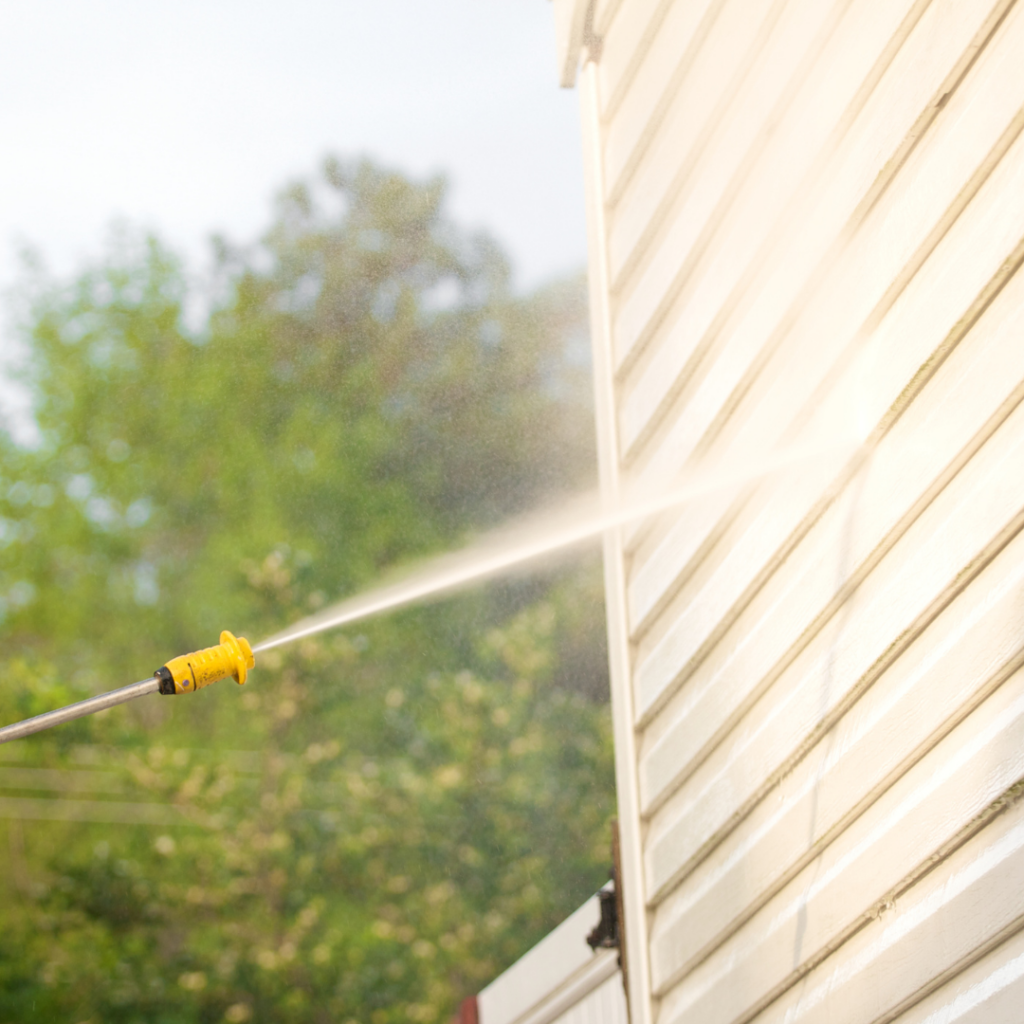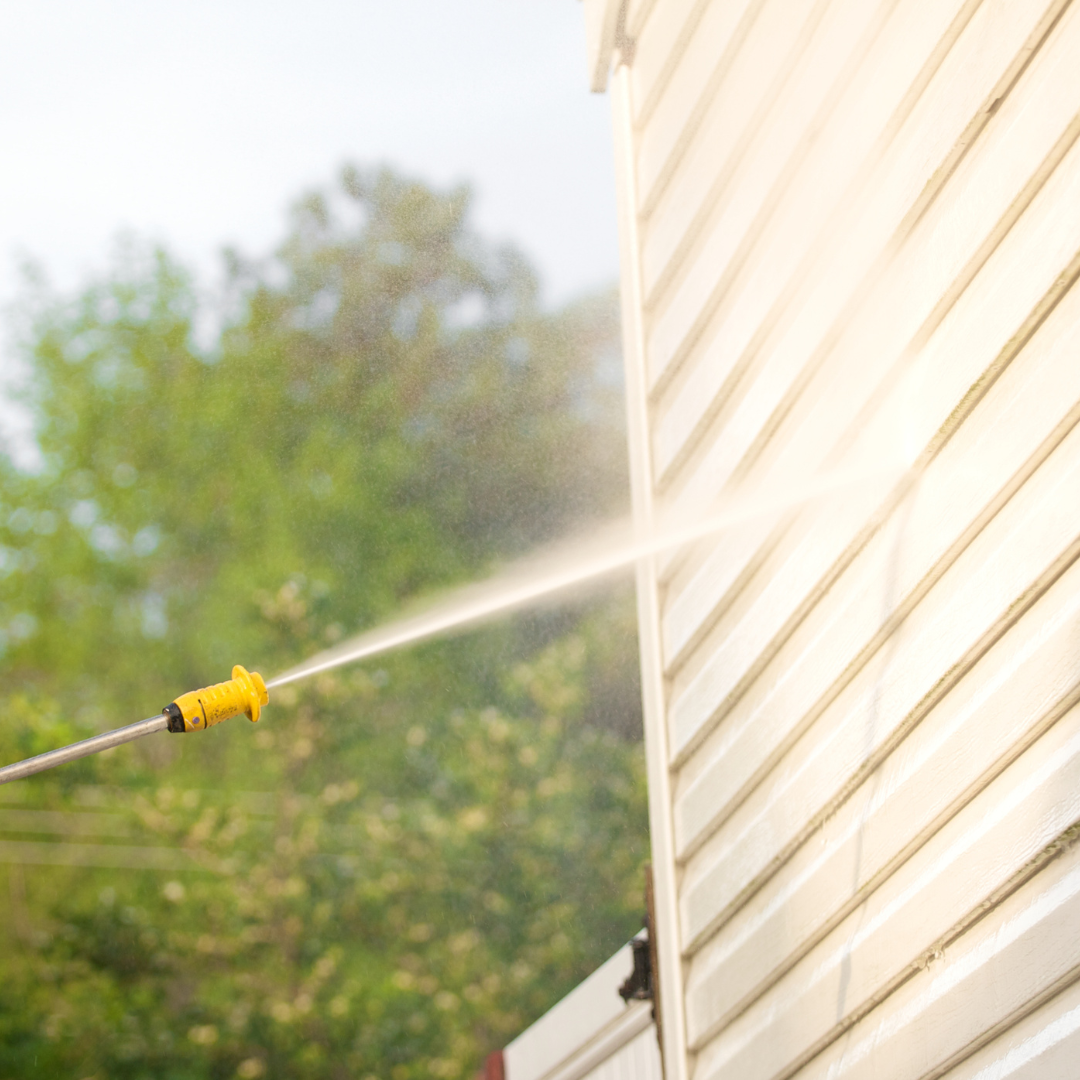Why you need to inspect siding before exterior painting: Maintaining your house’s exterior appearance is crucial for aesthetic reasons and to protect its structural integrity.
In reality, one of the most critical aspects of this maintenance is ensuring that the siding, which serves as the outermost layer of your home’s exterior, is in good condition.
But the question is: What happens if you are to paint the exterior facades of a house? Is it essential to inspect the exterior facades of the house for flawed or damaged siding before painting?
Read on as we give answers to these questions.
What exactly is Siding?
Before we discuss the importance of siding inspections, let’s quickly define siding. Think of it as the outer shell of your home—the protective layer that covers the exterior walls. Siding gives your home its distinct look and plays a crucial role in shielding the interior from the elements.
There are quite a few siding options out there. Some of the most common include wood (cedar, redwood), vinyl, fiber cement, stucco, brick, and stone veneer. Each material has its own unique properties, advantages, and maintenance requirements.

Why Inspect Siding Before Painting?
Now, let’s get to the heart of the matter – why is it essential to inspect your siding before even thinking about painting? The simple answer is that any underlying issues with the siding can lead to more significant (and more expensive) problems down the line if not appropriately addressed.
Identify Damage and Deterioration
A thorough siding inspection allows you to identify any areas that are damaged, deteriorating, or just plain worn out. From cracked boards to rot and insect damage, catching these issues early can save you a massive headache later on. After all, painting over compromised siding is like putting a band-aid on a much bigger wound – it might look okay for a little while, but the problem will worsen.
Prep Work Saves Time and Money
Proper preparation is critical to any successful painting project, starting with inspecting the siding. By pinpointing any areas that need repairs or replacement, you can ensure that the surface is sound and ready for paint. This extra prep work might seem like a hassle, but trust me, it’ll save you plenty of time, money, and frustration in the long run. No one wants to have to redo a botched paint job just months after completion.
Why you need to inspect siding before exterior painting: How to Inspect Siding
So now you know why siding inspections are essential, but how exactly do you do one? There are two main components to a thorough inspection: visual and hands-on.
Visual Inspection
The first step is to do a careful visual scan of the entire exterior. Walk around the house and use a pair of binoculars if needed to get a good look at those hard-to-see areas. Look for any signs of damage like cracked, warped, or missing boards. Also, look for any discoloration or growth (moss, mildew, etc.) that could indicate moisture issues.
Hands-On Inspection
While the visual check is helpful, you’ll need to get up close and personal to assess the condition of the siding. This means gently probing boards, joints, and trim pieces to check for rot, looseness, or other structural concerns. Don’t be afraid to put a little muscle into it – siding in good shape should feel solid and securely anchored.
Checking for Moisture Issues
During the hands-on inspection, one key area of focus is to check for any moisture intrusion problems. Use a moisture meter to test different sections of the siding. High moisture readings could mean leaks or condensation issues that must be addressed before painting. Water is public enemy number one when it comes to siding longevity.
What are the Common Siding Problems To Look Out For Before Painting?
To give you an idea of what to look out for, here are some of the most common siding issues that pop up:
Cracked or Warped Boards
This tends to affect wood siding materials and is usually caused by prolonged exposure to moisture and temperature fluctuations. Cracked or warped boards are unsightly but provide an entry point for water and pests.
Rot and Decay
Again, this is primarily an issue with wood siding. Rot occurs when the boards stay damp for too long, causing the wood fibers to break down and decay. Left unchecked, rot can quickly spread and compromise the siding’s structural integrity.
Insect/Pest Damage
Termites, carpenter ants, and woodpeckers love munching on wood siding. Their excavations leave holes, tunnels, and hollowed-out areas that must be addressed. No one wants an all-you-can-eat bug buffet happening on their home’s exterior.
Why you need to inspect siding before exterior painting: How Can You Address Siding Issues Before Painting?
Once you’ve identified any problem areas during the inspection, it’s time to decide how to fix them before painting can commence adequately.
Minor Repairs
For smaller, isolated areas of damage, minor repairs like siding patching, caulking, or board replacement might be all that’s needed. These more basic fixes preserve most existing siding while resolving glaring issues.
Extensive Replacement
In cases where the damage or deterioration is more widespread, a larger-scale siding replacement project might be the wisest solution. As expensive (and laborious) as this sounds, it’s better to bite the bullet and re-side rather than try to salvage siding on its last legs.
#1 Superior Interior and Exterior Painting Solutions
Refrain from letting underlying siding issues derail your exterior painting plans. Investing a little time and money into a professional siding inspection upfront will pay dividends. For years, you will avoid expensive repair bills and ensure a beautiful, long-lasting paint job that protects and enhances your home’s curb appeal. Google us!
Contact the Link Solutions Painting team today to schedule an inspection and start your exterior painting project on the right foot.

